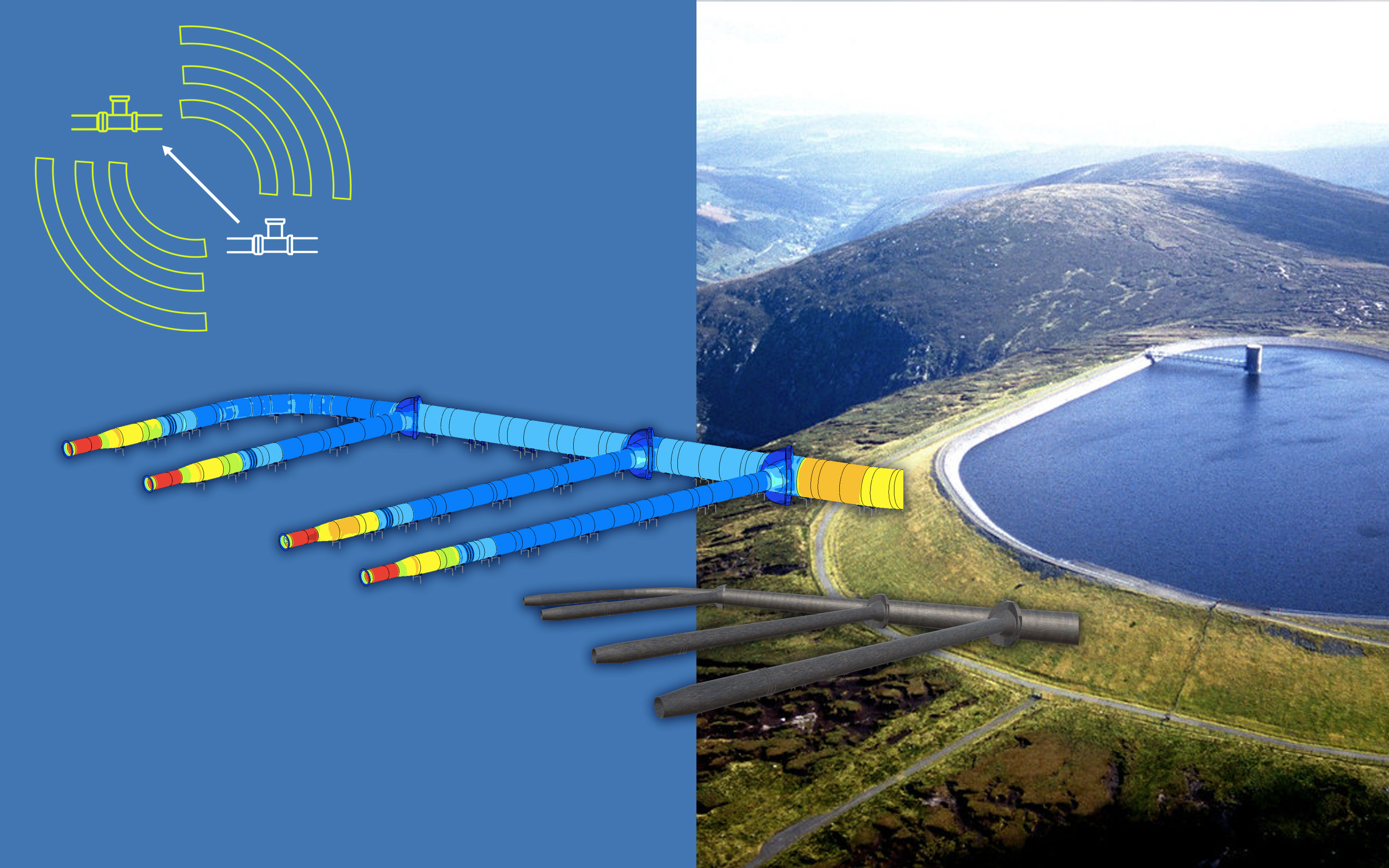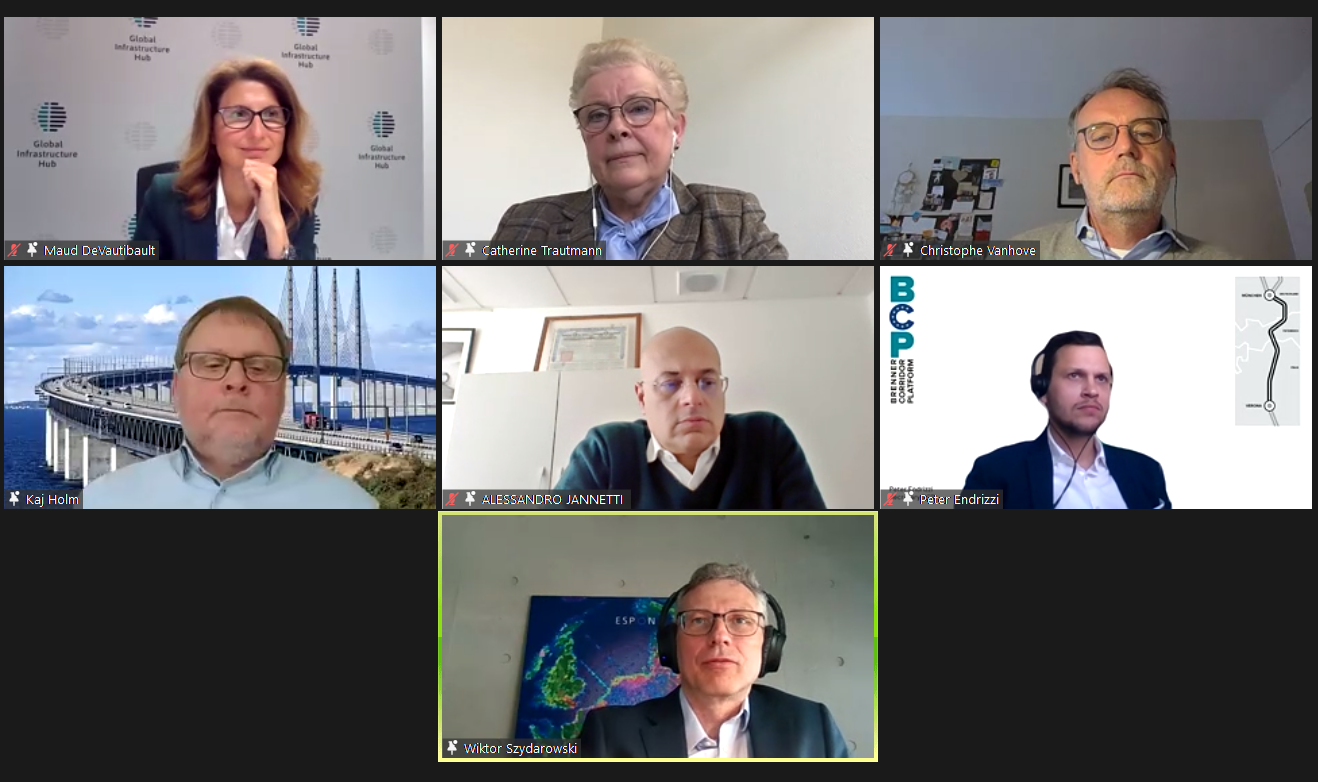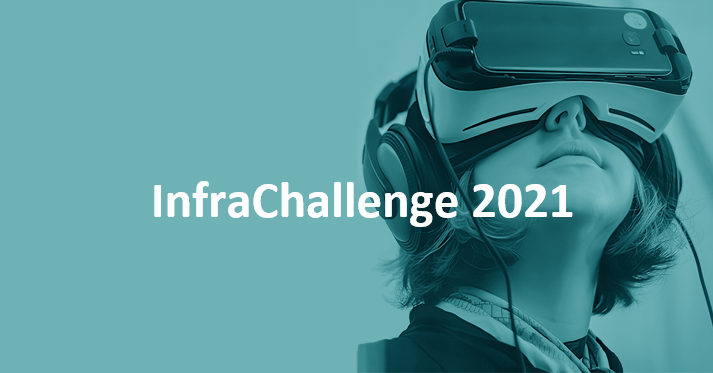782 results found
Featured results



More results
This week the Global Infrastructure Hub in partnership with Infrastructure Australia hosted the first meeting of our international forum of infrastructure bodies. The forum is a small group dedicated to sharing best practice amongst organisations in G20 and other countries that undertake independent, long-term infrastructure planning in their jurisdictions. The purpose of the forum is to create a platform where I-Bodies from across the world can meet and exchange ideas, experiences and learnings.
Last week Maud de Vautibault, Director of Practical Tools and Knowledge at the Global Infrastructure Hub participated in a roundtable discussion with the World Association of PPP Units and Professionals (WAPPP)
Power Africa employs a transaction-centered approach to directly address the constraints to project development and investment in sub-Saharan Africa's energy sector. The model is part of President Obama's new approach to development, which builds local capacity and supports innovative ways to make traditional assistance programs more effective and sustainable.
Meet three women leaders who are transforming infrastructure development in Latin America.
Global Infrastructure Hub recently hosted a presentation and panel discussion of Connectivity across Borders, our latest reference guide, which presents global practices for the successful delivery of infrastructure that crosses national borders.
David Baxter discusses how climate change and COVID-19 reveals an urgent need for resilient infrastructure.
Last month Infrastructure Australia released its infrastructure Priority List for 2021, revealing a record number of new investment opportunities, with 44 new proposals added to the list in response to COVID- 19. A $59 billion project pipeline was identified, with six high priority projects, 17 priority projects, 48 high project initiatives and 109 priority initiatives.
Discover how you can get involved with InfraChallenge 2021, applications close 12 March.
The Global Infrastructure Hub (GI Hub) strives to be an organisation where the different backgrounds and perspectives of our people contribute to diversity of thought and approach, enabling us to better live our values and achieve our mission. This diversity includes gender diversity with an awareness of our particular ability to bring attention to the need for gender equality and inclusion in infrastructure.

On average, around 40% of the primary infrastructure transactions that involve private sector participation also involve a public institution. However, this varies by income group.


Policy and regulatory implications of recent advances in the benchmarking of infrastructure investments.
The benefits of infrastructure spending during an economic downturn for New Zealand are explored.
As stimulus spending ramps up, a ten-year trend study shows private investment in new infrastructure has declined since 2010.
A recent webinar co-hosted by Jacobs and the Global Infrastructure Hub focused on turning inclusivity frameworks into practical results in infrastructure planning and delivery.
From robust governance to leadership, discover why Singapore is a global leader in infrastructure.
Cross-border infrastructure is essential for connectivity. The GI Hub has created a reference guide that presents key learnings and global practices for successful cross-border projects, drawing from a comprehensive literature review, analysis of case studies and the input of international experts in cross-border projects.
We look at some options for the US to effectively fund and facilitate the delivery of major infrastructure projects.
The future of infrastructure mega-projects was explored recently by an international panel of experts in a webinar co-hosted by the Columbia University School of Professional Studies and Global Infrastructure Hub. The event took place as the global community begins looking towards a period of post-pandemic recovery and what the future of infrastructure may look like.
InfraChallenge is looking for practical and scalable tech-based ideas for building and maintaining better, more resilient infrastructure.













 Infrastructure Monitor 2020
Infrastructure Monitor 2020









